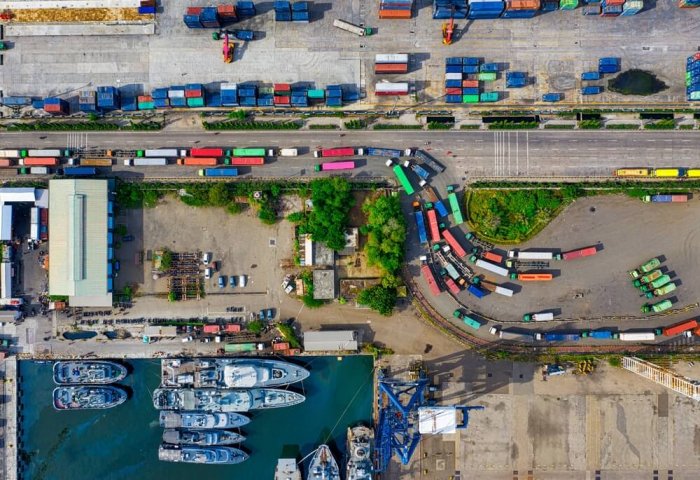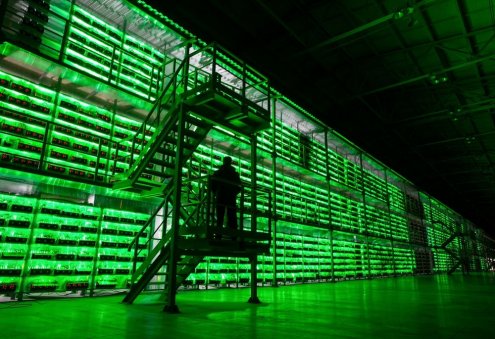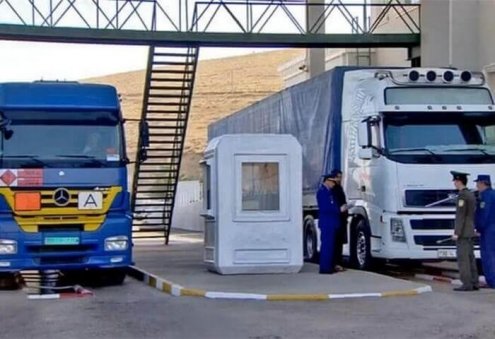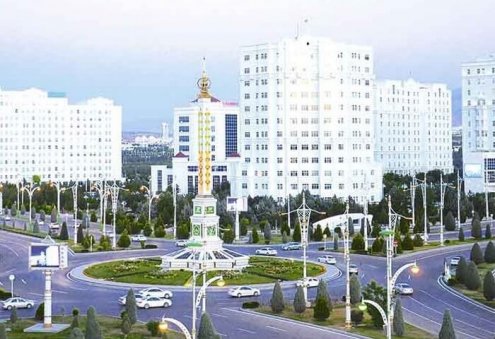The Single Window aims to expedite and simplify information flows between trade and government and bring meaningful gains to all parties involved in cross-border trade.
The UN describes the Single Window as "a facility that allows parties involved in trade and transport to lodge standardized information and documents with a single entry point to fulfill all import, export, and transit-related regulatory requirements. If information is electronic, then individual data elements should only be submitted once."
Such documentation usually includes commercial invoices, certificates of origin, export/import trade declarations and customs declarations.
A Single Window can be an important trade facilitation tool. The WTO Trade Facilitation Agreement encourages all its members to set up a Single Window. The International Chamber of Commerce Custom Guidelines 2012 also support the use of a national Single Window and the World Customs Organization developed guidelines on how to set up a Single Window.
Regional and National Single Windows
A National Single Window typically refers to instances in which the services only involve domestic authorities and procedures in a country. The exchange of data typically happens inside the national borders of a country.
A Regional Single Window can either refer to a Regional Single Window that replaces a National Single Window, or the interchange of documents among National Single Systems that deliver functionalities that help comply with regulatory processes.
The first regional economic community to come up with a Regional Single Window Project was the Association of Southeast Asian Nations (ASEAN). Others such as the Eurasian Economic Community Single Window Initiative and the EU Maritime Single Window soon followed.
Benefits of a Single Window System
The main benefit for economies and nation states is that it enhances international trade. Trade facilitation is often through traders saving time and money when dealing with government and regulatory authorities. This results in increased efficiencies that consequently lead to more trade. Before the advent of the Single Window System, traders had to visit and deal with multiple regulatory authorities (that were often found in multiple locations) seeking clearances and permits for their export and import processes.
In October last year, the UNDP, the UNCTAD and the Ministry of Foreign Affairs of Turkmenistan signed a Memorandum of Understanding on joint cooperation on assistance in implementation of the Single Window for Export-Import Operations in Turkmenistan.
During a government meeting last Friday, President of Turkmenistan Gurbanguly Berdimuhamedov signed a Resolution on establishing an Interdepartmental Commission to coordinate the operation of the Single Window for Export-Import Operations system, and on approving its composition and regulations.
In accordance with the document, the State Customs Service of Turkmenistan will coordinate the work of the system.


















